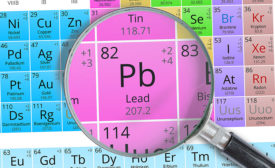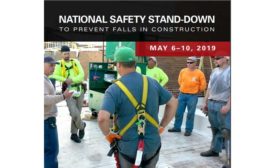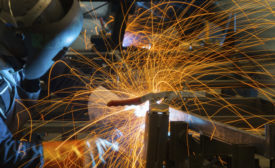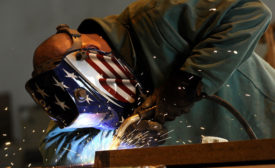Safety & Health Best Practices
Hospice partnered with state’s OSHA Consultation program to improve workplace health and safety
Read More
Going far beyond OSHA
Michigan OSHA’s lead standard has very strict exposure limits for pregnant workers. Are OHS pros ready to face a six-fold reduction challenge?
April 18, 2019
Never miss the latest news and trends driving the safety industry
eNewsletter | Website | eMagazine
JOIN TODAYCopyright ©2024. All Rights Reserved BNP Media.
Design, CMS, Hosting & Web Development :: ePublishing








